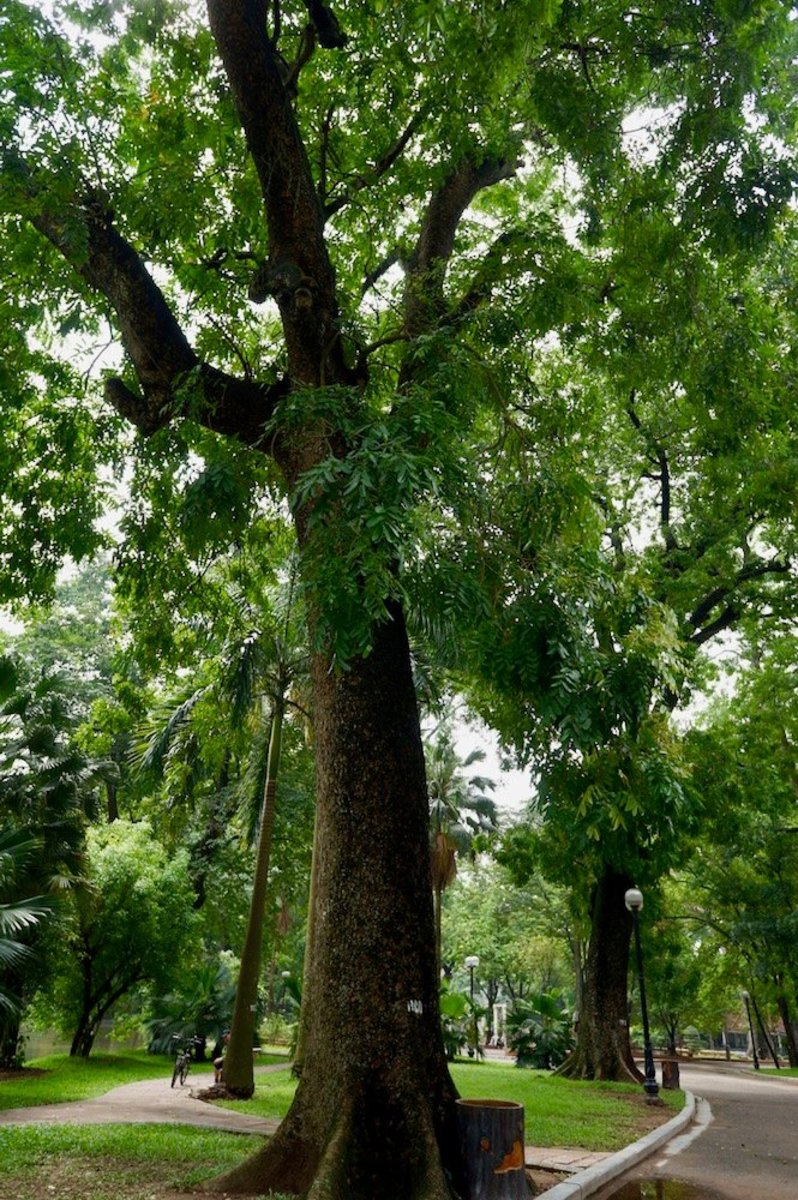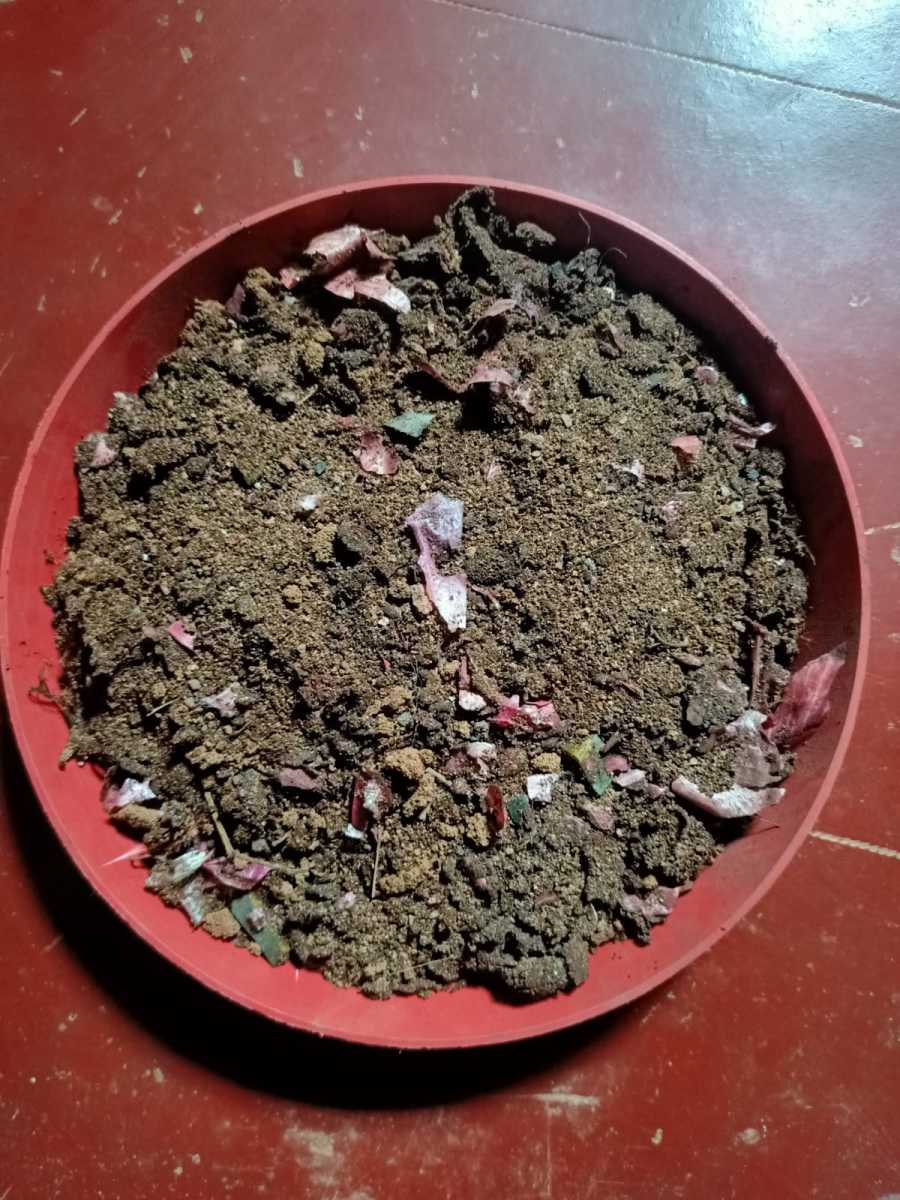Is Bamboo Sustainable?
Bamboo has been recognized as a versatile and useful building material in Asia (where the greatest density of bamboo species naturally occur) for probably as long as people there have been building things.
Some of the many uses of bamboo include beings used as or in the manufacture of scaffolding, garden screens, plant stakes and trellising, roof slats, floor boards, musical instruments, textiles, mats, toothpicks and chop sticks. While some items are made from raw or near-raw bamboo, other bamboo items require extensive processing which can be damaging to the environment.
Lets weigh up some of the pros and cons of bamboo and examine its potential as a sustainable material.

The Pros
Bamboo is the fastest growing type of woody plant in the world, the fastest growing species growing in ideal conditions can gain a staggering 48 foot (1.2 metres) of growth in a day. Some species also have the potential to reach full size in as little as one growing season (4 months), although for most species the culms are at their best quality when harvested when they're four years old.
This rapid growth and harvest cycle speeds up carbon sequestration, a grove of bamboo can capture more carbon dioxide than an equivalent sized plantation of timber hardwood and likewise can release up to 35% more oxygen per unit of area than a hardwood plantation.
Established bamboo plantations have dense surface roots that form a mat that effectively prevents erosion. Bamboo is also semi-deciduous and drops its leaves and culm sheaths as it grows, creating a compost layer on the forest floor which is good for the soil and the micro-organisms within.
When groves are properly managed, there's never any need to plant new bamboo plants as the underground rhizomes are still alive and will send up new shoots as culms are harvested, Traditional timber trees on the other hand once harvested need to be replanted with many years of growth required before they are big enough to be able to be felled again.
Bamboo is incredibly hard wearing and as strong as any hardwood, especially when it is cut and laminated into boards. An additional advantage to bamboo is that it's more stable and doesn't expand and shrink to the extent that some timber hardwoods can.
The Cons
Due to the vigorous nature of running timber bamboo species, plantations that are not properly managed can escape into surrounding forest where they have the potential to take over, creating a mono-culture and reducing biodiversity.
The pressure of the increased demand for bamboo products from Western countries on what were traditionally local operations can also cause bamboo farmers to clear natural forest and replace them with additional timber bamboo plantations instead. Freshly planted bamboo doesn't have a sufficient root mass to control erosion and heavy rains during establishment can be disastrous. Although bamboo as a general rule is largely free of pests and diseases, these same pressures can cause bamboo farmers to rely on chemical pesticides and fertilizers (which can infiltrate and contaminate groundwater and waterways) in order to meet demand.
Current the majority of bamboo products are exported from Asia and the energy used to ship the product to you should be considered as the fuels used are a limited resource (and cannot be replenished in a human-centric timeframe). Labor conditions in many of these countries may also be of concern to the potential buyer.
While it's theoretically possible to grow large bamboo plantations in parts of the United States, significantly reducing transportation, unfortunately it would be economically unfeasible as the cost of labor to harvest and process the bamboo culms in the US wouldn't allow a local product to compete with Asian imports, except for perhaps small-scale boutique operations,
Additionally many of the glues and finishing chemicals used to treat, colour and laminate sections of bamboo together can be quite toxic and can release harmful gases even after they are installed in the home. Care should be taken to select bamboo products that have been manufactured using safer chemicals and have been certified as meeting safety standards. Purchasing approved products also have the additional benefit of creating a safer working environment for the people who manufacture them.







